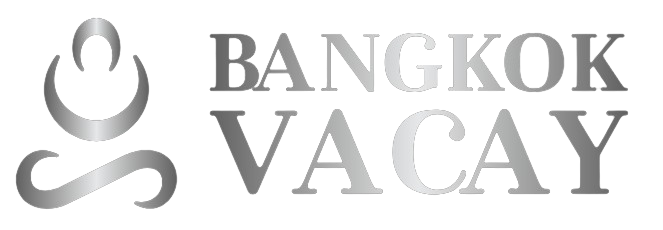
Introduction
Unveiling the answer to a spiritual query, “How to Pray to the Four Faced Buddha in Bangkok?” A simple answer could be – visit the famed Erawan Shrine, offer your respects with sincerity and follow the traditional praying rituals. However, the real beauty lies in the journey of learning the intricate details, understanding the spiritual significance and practicing the rituals with devoted heart and mind. This article attempts to take you through the fascinating cultural journey of praying to the Four Faced Buddha, also known as Brahma in the bustling city of Bangkok.
Understanding the Significance of Four Faced Buddha
The Four Faced Buddha is a divine symbol respected in many Asian cultures, particularly Thailand. Representing the Hindu God Brahma, the four faces symbolize his power to see everything happening in all four directions simultaneously. Each facade is said to signify different aspects – the face facing east bestows peace, the one facing south brings wealth, the west-facing face showers success and the north one blesses love and relationships.
Locating the Erawan Shrine
Your journey starts at the Grand Hyatt Erawan Hotel in the heart of Bangkok, where the famous Erawan Shrine is located – the abode of Bangkok’s Four Faced Buddha. Despite its compact size compared to some of Bangkok’s other grandiose temples, don’t underestimate the profound spiritual impact it can have if prayed to with sincerity.
Elements of the Prayer Ritual
Coming to the question of action – how do you pray to the Four Faced Buddha? Simply put, prayer involves lighting incense sticks, making an offering, and voicing your prayer respectfully, either verbally or in your heart.
Making an Offering
Offerings, which can include flowers, fruits, or traditional Thai dance performance (yes, it’s possible!), all contribute to the rich and vibrant atmosphere around the shrine. The scent of burning incense mingles with the sweet aroma of fresh flowers and ripe fruits, encapsulating a truly unique spiritual experience.
Prayer Gestures and Movements
The traditional Thai way of praying involves ‘Wai’ – a slight bow with the hands pressed together in a prayer-like fashion. It’s not only a mark of respect to the deity but also a tranquil motion that can help summon your faith and devotion.
The Reflection of Inner Peace
Wrap up your prayers by spending a few moments in peaceful reflection. It can be like a mental conversation with the Buddha, a moment to acknowledge your blessings, or a time of silent gratitude.
Respect Protocols and Dress Code
It’s important to maintain a respectful demeanor, not only during prayer but as long as you are in the vicinity of the shrine. Clothing too, should be modest, avoiding attention-grabbing ensembles and flashy colors.
When to Visit?
One thing to bear in mind is the best time to visit the shrine. Mornings or late evenings are usually the most serene and less crowded, proving to be an ideal setting for prayers and reflection.
Conclusion
Praying to the Four Faced Buddha in Bangkok isn’t merely a religious act, but an opportunity to immerse oneself in an enriching cultural experience. Understanding the significance, following the rituals sensitively, and practicing them with wholehearted sincerity can provide a sense of peace and fulfillment beyond the confines of mortal definitions.
Frequently Asked Questions
1. Where can I find the Four Faced Buddha in Bangkok? The Four Faced Buddha, also known as Erawan Shrine, is located at the Grand Hyatt Erawan Hotel, right in the heart of Bangkok.
2. What are the offerings made to the Four Faced Buddha? Offerings made to the Four Faced Buddha can include lighting incense sticks, fresh flowers, ripe fruits or even a traditional Thai dance performance.
3. Is there any specific prayer gesture or ritual? Yes, the traditional Thai way of praying involves ‘Wai’ – a slight bow with the hands pressed together in a prayer-like fashion.
4. Is there a specific dress code for visiting the Erawan Shrine? Yes, it’s important to dress modestly when visiting the Erawan Shrine. Avoid flashy and attention-grabbing clothes.
5. What’s the ideal time to visit? While the Erawan Shrine welcomes worshippers at all times, early morning or late evening tend to be less crowded, offering a more serene environment for prayer and reflection.

